Gardening can be a fulfilling and relaxing hobby, but it comes with its share of challenges—especially when it comes to pests. Identifying and managing these nuisances effectively is essential for maintaining a healthy garden. Here are five common garden pests and tips on how to get rid of them.
Other Topics You Might Like
Helpful Products You Might Like
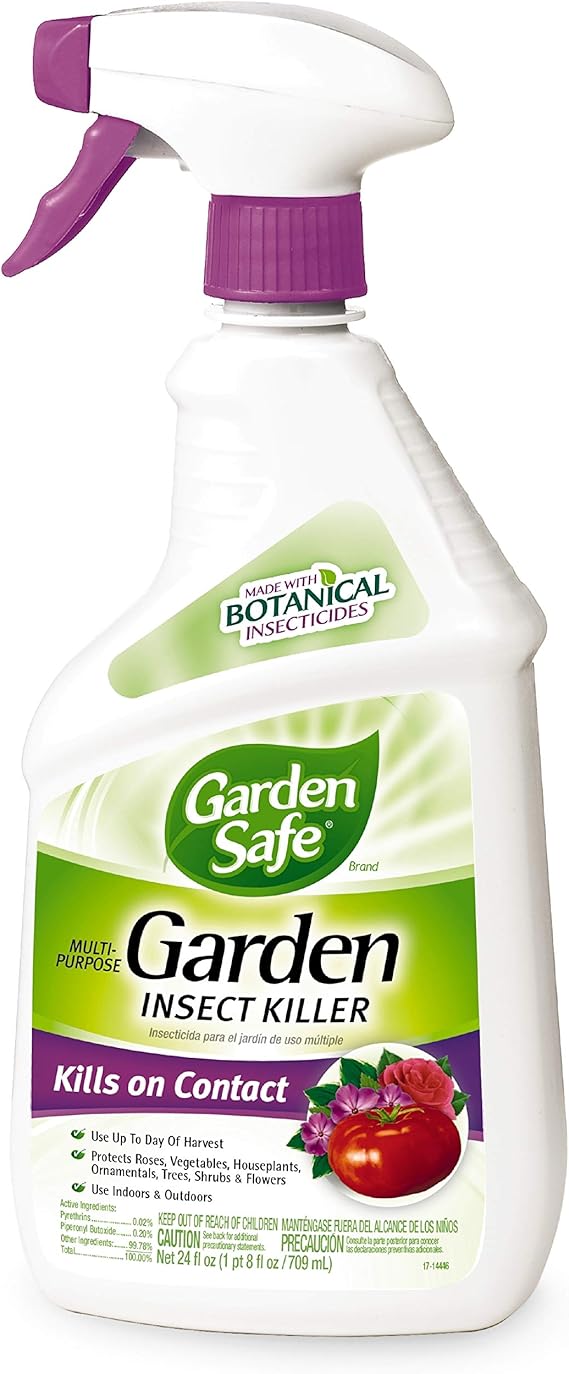
Garden Safe Garden Insect Killer Spray
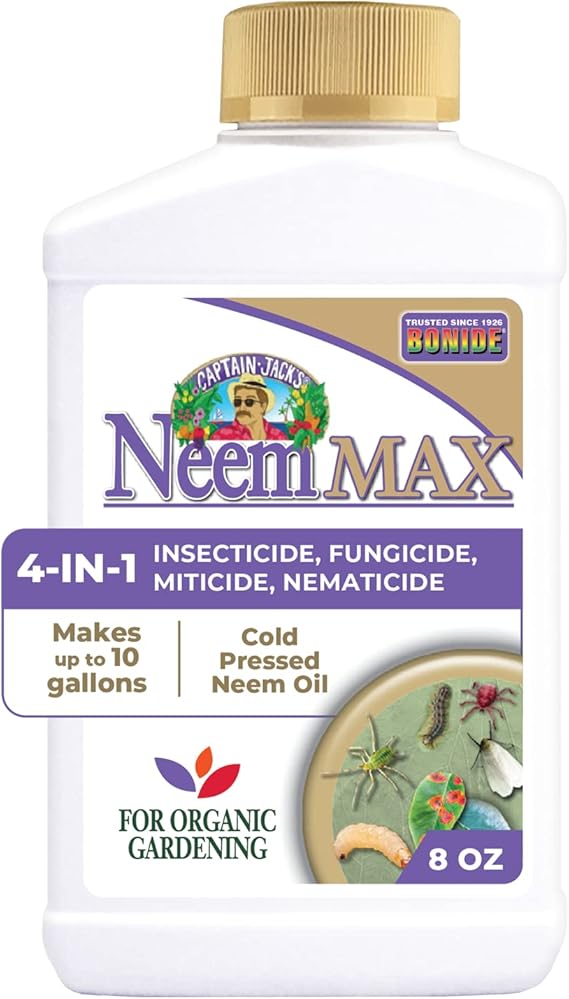
Bonide Captain Jack's Neem Max for Organic Gardening
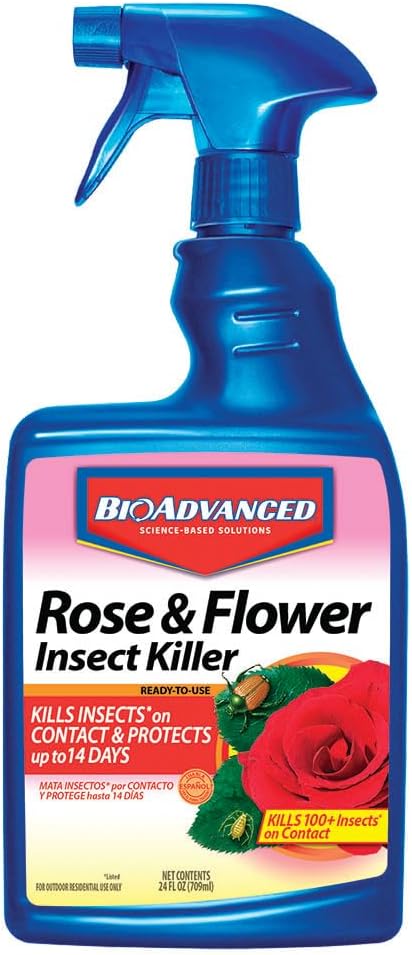
BioAdvanced Rose and Flower Insect Killer
"(Paid Links)" 
Aphids
Description
Aphids are small, soft-bodied insects that come in various colors, including green, black, and yellow. They feed on the sap of plants, weakening them and making them susceptible to disease.

Signs of Infestation
Look for curled or yellowing leaves, sticky residue (honeydew) on plants, or the presence of ants, which are attracted to the honeydew.
Control Methods
Natural Predators
Encourage beneficial insects like ladybugs and lacewings, which feed on aphids.
Neem Oil
Spray a mixture of neem oil and water directly on affected plants to suffocate and kill aphids.
Soap Solution
A mixture of liquid soap and water can be sprayed on plants to wash away aphids.
Spider Mites
Description
Spider mites are tiny arachnids that thrive in hot, dry conditions. They suck the sap from plants, leading to stippled leaves and webbing.
Signs of Infestation
Look for tiny webs on the undersides of leaves and discoloration or small specks on the foliage.
Control Methods
Water Spray
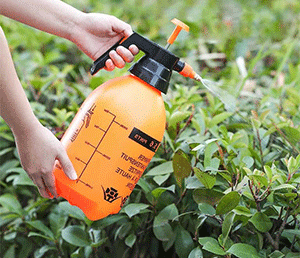
A strong spray of water can dislodge mites from plants.
Insecticidal Soap
Use insecticidal soap or neem oil to control infestations.
Maintain Humidity
Increasing humidity around plants can deter spider mites, as they prefer dry conditions.
Slugs and Snails
Description
These mollusks are notorious for feeding on tender plants and can quickly decimate seedlings and foliage.
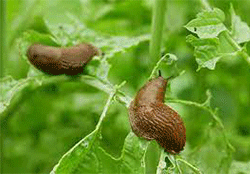
Signs of Infestation:
Look for irregular holes in leaves, slime trails, and droppings.
Control Methods:
Barriers
Use copper tape or diatomaceous earth around plants to create barriers that slugs and snails will avoid.
Beer Traps
Bury a shallow container filled with beer in the garden; slugs will be attracted to it and drown.
Handpicking
Regularly check your garden at dusk or early morning and remove slugs and snails manually.
Whiteflies
Description
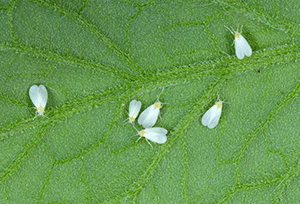
Whiteflies are small, white, moth-like insects that feed on the undersides of leaves, sucking out plant sap.
Signs of Infestation
Yellowing leaves, a sticky residue on foliage, and the presence of tiny white insects flying around when the leaves are disturbed.
Control Methods:
Sticky Traps
Use yellow sticky traps to catch adult whiteflies.
Neem Oil
Spray neem oil on affected plants to disrupt their life cycle.
Introduce Natural Predators
Encourage or introduce beneficial insects like parasitic wasps that target whiteflies.
Caterpillars
Description
Various types of caterpillars can invade your garden, including those of moths and butterflies. They are known for munching on leaves and can quickly strip plants.
Signs of Infestation
Look for chewed leaves, frass (caterpillar droppings), and the presence of the caterpillars themselves.
Control Methods
Handpicking
Regularly inspect plants and remove caterpillars by hand.
Bacillus thuringiensis (Bt)
This natural bacterium can be sprayed on affected plants and is particularly effective against caterpillars.
Companion Planting
Grow plants that repel caterpillars, such as marigolds or herbs like basil.
Conclusion
Managing garden pests requires vigilance and a combination of methods to keep your plants healthy. By recognizing common pests and implementing effective control strategies, you can protect your garden and enjoy a thriving landscape. Regular monitoring and maintenance are key to preventing pest infestations and ensuring the long-term health of your plants.
